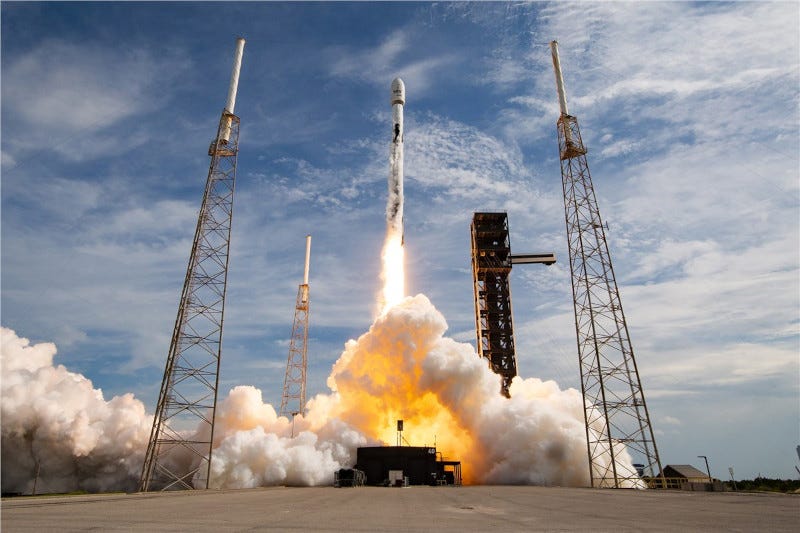Boeing Satellites Enhance SES Constellation
A Pair of O3b mPOWER Satellites Headed for MEO
The 9th and 10th O3b mPOWER satellites, built by Boeing for SES, have been launched and are transmitting signals from space. The pair was boosted towards medium Earth orbit (MEO) after lifting off aboard a SpaceX Falcon 9 rocket last week from Cape Canaveral.
"With this launch we continue adding incremental capacity to our initial O3b mPOWER constellatio…




